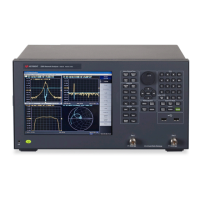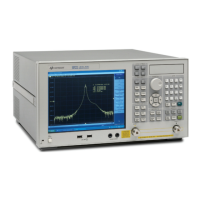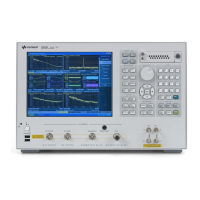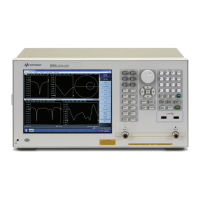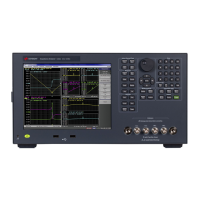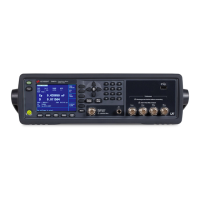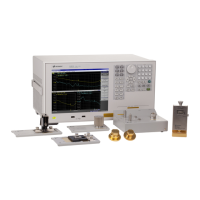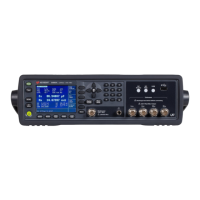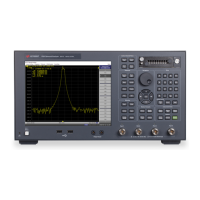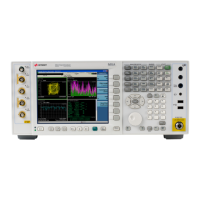70
Dipole
1. An antenna consisting of a straight conductor usually not more than a
half-wavelength long, divided at its electrical center for connection to a
transmission line.
2. Any one of a class of antennas producing a radiation pattern approximating that
of an elementary electric dipole.
Electromagnetic compatibility (EMC)
1. The capability of electronic equipment of systems to be operated within defined
margins of safety in the intended operating environment at designed levels of
efficiency without degradation due to interference.
2. EMC is the ability of equipment to function satisfactorily in its electromagnetic
environment without introducing intolerable disturbances into that environment
or into other equipment.
Electromagnetic interference
Electromagnetic interference is the impairment of a wanted electromagnetic signal
by an electromagnetic disturbance
Electromagnetic wave
The radiant energy produced by the oscillation of an electric charge characterized by
oscillation of the electric and magnetic fields.
Emission
Electromagnetic energy propagated from a source by radiation or conduction.
Far Field
The region where the power flux density from an antenna approximately obeys an
inverse squares law of the distance. For a dipole this corresponds to distances greater
than l/2 where l is the wave length of the radiation.
Ground plane
1. A conducting surface or plate used as a common reference point for circuit
returns and electric or signal potentials.
2. A metal sheet or plate used as a common reference point for circuit returns and
electrical or signal potentials.

